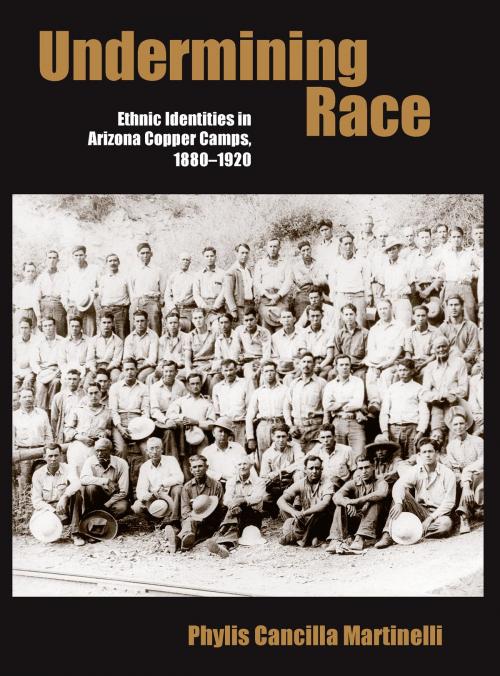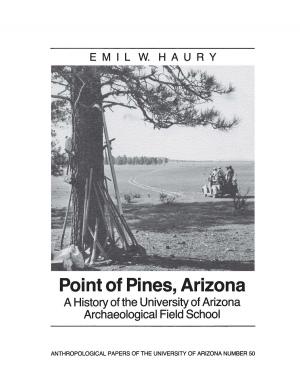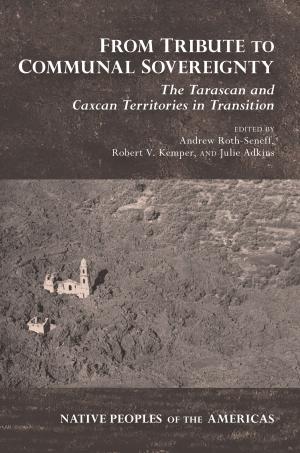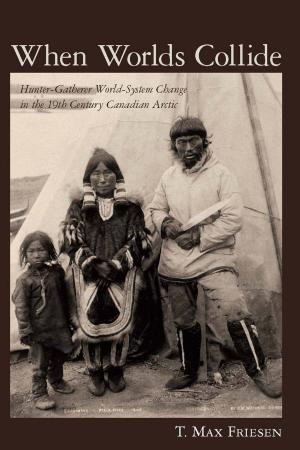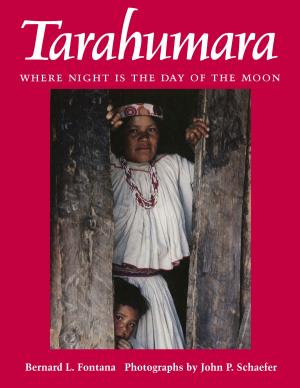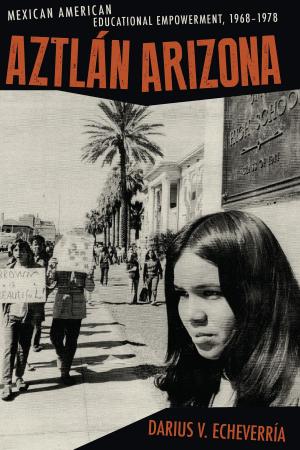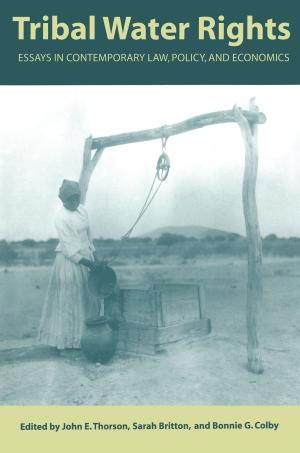Undermining Race
Ethnic Identities in Arizona Copper Camps, 1880–1920
Nonfiction, History, Americas, United States| Author: | Phylis Cancilla Martinelli | ISBN: | 9780816533039 |
| Publisher: | University of Arizona Press | Publication: | October 19, 2015 |
| Imprint: | University of Arizona Press | Language: | English |
| Author: | Phylis Cancilla Martinelli |
| ISBN: | 9780816533039 |
| Publisher: | University of Arizona Press |
| Publication: | October 19, 2015 |
| Imprint: | University of Arizona Press |
| Language: | English |
Undermining Race rewrites the history of race, immigration, and labor in the copper industry in Arizona. The book focuses on the case of Italian immigrants in their relationships with Anglo, Mexican, and Spanish miners (and at times with blacks, Asian Americans, and Native Americans), requiring a reinterpretation of the way race was formed and figured across place and time.
Phylis Martinelli argues that the case of Italians in Arizona provides insight into “in between” racial and ethnic categories, demonstrating that the categorizing of Italians varied from camp to camp depending on local conditions—such as management practices in structuring labor markets and workers’ housing, and the choices made by immigrants in forging communities of language and mutual support. Italians—even light-skinned northern Italians—were not considered completely “white” in Arizona at this historical moment, yet neither were they consistently racialized as non-white, and tactics used to control them ranged from micro to macro level violence.
To make her argument, Martinelli looks closely at two “white camps” in Globe and Bisbee and at the Mexican camp of Clifton-Morenci. Comparing and contrasting the placement of Italians in these three camps shows how the usual binary system of race relations became complicated, which in turn affected the existing race-based labor hierarchy, especially during strikes. The book provides additional case studies to argue that the biracial stratification system in the United States was in fact triracial at times. According to Martinelli, this system determined the nature of the associations among laborers as well as the way Americans came to construct “whiteness.”
Undermining Race rewrites the history of race, immigration, and labor in the copper industry in Arizona. The book focuses on the case of Italian immigrants in their relationships with Anglo, Mexican, and Spanish miners (and at times with blacks, Asian Americans, and Native Americans), requiring a reinterpretation of the way race was formed and figured across place and time.
Phylis Martinelli argues that the case of Italians in Arizona provides insight into “in between” racial and ethnic categories, demonstrating that the categorizing of Italians varied from camp to camp depending on local conditions—such as management practices in structuring labor markets and workers’ housing, and the choices made by immigrants in forging communities of language and mutual support. Italians—even light-skinned northern Italians—were not considered completely “white” in Arizona at this historical moment, yet neither were they consistently racialized as non-white, and tactics used to control them ranged from micro to macro level violence.
To make her argument, Martinelli looks closely at two “white camps” in Globe and Bisbee and at the Mexican camp of Clifton-Morenci. Comparing and contrasting the placement of Italians in these three camps shows how the usual binary system of race relations became complicated, which in turn affected the existing race-based labor hierarchy, especially during strikes. The book provides additional case studies to argue that the biracial stratification system in the United States was in fact triracial at times. According to Martinelli, this system determined the nature of the associations among laborers as well as the way Americans came to construct “whiteness.”
